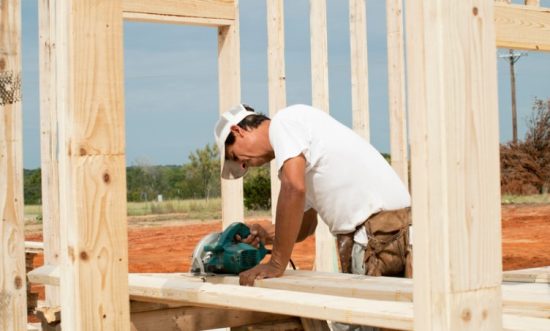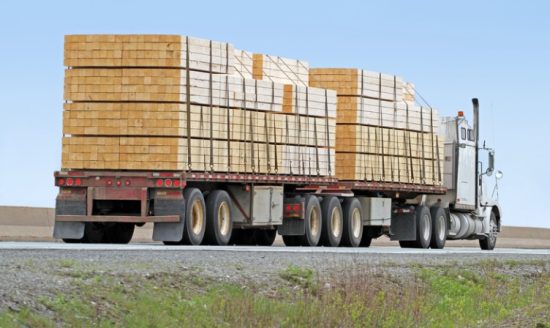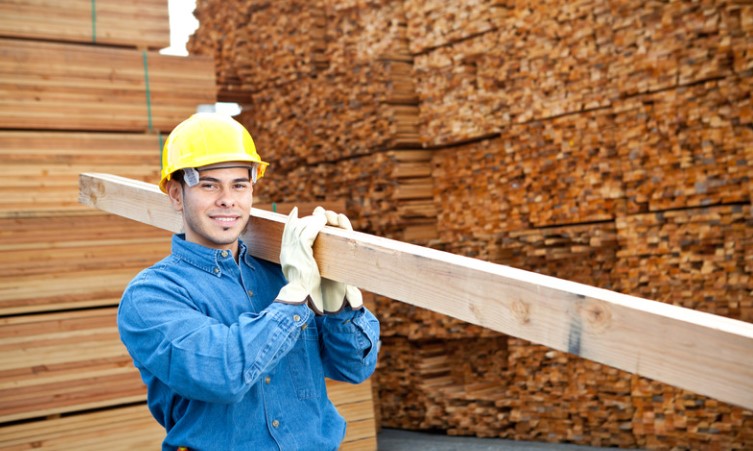Are you in the midst of a home renovation project and suddenly notice that lumber prices have skyrocketed? Or maybe you’re a contractor trying to determine why your building costs are through the roof. Look no further because we’ve got answers. In this blog post, we’ll explore why lumber prices in Canada are so high and what we can expect for the future of this industry in 2023. So grab your hard hat, and let’s dive into the world of wood!
Why is Lumber So Expensive in Canada?
Lumber prices in Canada have risen in recent years, reaching all-time highs in 2020. The main reason is the increased demand for lumber from China, which has been building up its wood stock since the start of the trade war with the United States. Other factors include a shortage of railcars to transport lumber and bad weather that has disrupted logging operations.
As a result of these factors, lumber has more than doubled since 2015, making it one of the most expensive commodities in Canada. This has made it difficult for Canadian builders to build a house and home renovators to keep up with the rising costs.
There are signs that lumber prices may start to come down in 2024 as the U.S.-China trade war ends and Chinese demand begins to taper off. However, it is still too early to say whether or not this will happen. In the meantime, Canadian consumers will continue to feel the pinch of high lumber prices.
Reasons for the High Cost of Lumber in Canada

There are several reasons for the high cost of lumber in Canada. The first is that the Canadian forest industry is heavily regulated, with strict limits on how much timber can be harvested yearly. This ensures a constant demand for lumber, which drives up prices.
Another factor is that Canada has a small population relative to its vast forests. This means there is less domestic demand for lumber, and most must be exported to meet global demand. This results in higher transportation costs, which are passed on to consumers.
The Canadian dollar has been relatively weak in recent years, making imported lumber more expensive. All of these factors have contributed to the high cost of lumber in Canada.
Environmental Factors
There are a variety of environmental factors that contribute to the high cost of lumber in Canada. These include:
- The vast majority of Canadian forests are owned by the government, which imposes strict regulations on logging. This drives up the cost of lumber
- Forest fires are a significant problem in Canada, and they can destroy large areas of lakes and forests. This increases the price of lumber, as there is less available supply
- The long winters in Canada mean that trees grow more slowly than in warmer climates. This results in slower growth for the timber industry and higher prices for lumber
Supply and Demand Issues

There are various reasons why lumber prices are so high in Canada. One of the main reasons is due to supply and demand issues. The Canadian lumber industry faces several challenges, including decreased timber available for harvest, increased transportation costs, and a weaker Canadian dollar.
These factors have all contributed to an increase in the price of lumber in Canada. And, as the price of lumber continues to rise, it’s likely that the cost of other construction materials will also go up. This could lead to even higher prices for new homes and renovations.
Trade Disputes and Tariffs
In recent years, lumber prices in Canada have been on the rise due to a number of factors, including trade disputes and tariffs.
The most significant factor in the high cost of lumber in Canada is the ongoing trade dispute between the United States and Canada. The two countries are the world’s largest producers and consumers of softwood lumber. The dispute has led to a number of tariffs being imposed on Canadian lumber exports to the U.S. These tariffs have had a major impact on the price of lumber in Canada, as they have made it more expensive for Canadian companies to sell their product in the U.S. market.
In addition to the trade dispute, another factor that has contributed to higher lumber prices in Canada is the imposition of new tariffs by the U.S. government. In early 2018, the U.S. imposed tariffs on a range of imported products, including Canadian softwood lumber. These tariffs have led to an increase in the cost of lumber for Canadian companies, which has been passed on to consumers in the form of higher prices.
Another factor that has contributed to higher lumber prices in Canada is bad weather conditions. In recent years, there have been a number of severe storms and wildfires across British Columbia, one of the largest producers of softwood lumber in Canada. These events have led to disruptions in production and increased costs for Canadian companies, which have again been passed on to consumers through higher prices.
What Can Consumers Expect in the Future?

In the near future, consumers can expect lumber prices to continue to rise. The main reason for this is the increasing demand for lumber globally and the decreasing supply of lumber due to the devastation caused by the mountain pine beetle in British Columbia.
In addition to higher prices, consumers can expect shortages of certain types of lumber and longer lead times for orders. These shortages are caused by sawmills reducing their production to deal with the high prices and loggers cutting down trees faster than they can be replanted.
As a result of these trends, consumers need to be aware of alternatives to traditional lumber products, such as engineered wood products. Engineered wood products are made from smaller pieces of wood that are glued together and often have a veneer surface. They are more dimensionally stable than solid wood, which means that they are less likely to warp or shrink over time.
Conclusion
The Canadian lumber industry is undeniably facing difficult times, with prices reaching unprecedented levels in 2023. This is due to a combination of factors that have resulted in an unsustainable supply-demand imbalance for the sector.
Despite this, there are initiatives being taken by the government and other stakeholders to address the issue and ensure that Canadians can still access affordable lumber. It remains to be seen how these efforts will play out over time, but it’s clear that the Canadian lumber industry needs more support now than ever.
FAQ – Why is Lumber So Expensive in Canada?

Why are Canadian lumber prices going up again?
There are a few reasons for the recent price increases in Canadian lumber. One is that there has been an increase in demand from both the U.S. and China, two of the largest markets for Canadian lumber. The other reason is that there has been a decrease in supply due to recent wildfires in British Columbia, which is one of the main producing regions for Canadian lumber.
Why has the price of wood gone up so much in Canada?
The price of wood has increased for various reasons in Canada. One reason is that the demand for lumber has increased due to the growing population and economy. This has led to an increase in the price of lumber. The production cost has also increased due to rising labour, land, and materials costs. Furthermore, the Canadian government has placed tariffs on imported lumber, which has also contributed to the increase in price.
Why are 2×4 studs so expensive?
There are a few reasons why 2×4 studs are expensive in Canada. The first reason is that lumber costs have been rising steadily for the past few years. This is due to several factors, including the high demand for lumber products globally and the limited timber supply.
The second reason is that the Canadian government imposes a tariff on imported lumber, which makes it more expensive than lumber sourced from other countries. Transportation costs can also contribute to the high price of 2×4 studs in Canada, as shipping lumber products long distances can be expensive.
Is it cheaper to use wood or metal studs?
There is no definitive answer to this question, as the cost of lumber and metal studs can vary depending on a number of factors, such as the type of wood or metal, the size and thickness of the studs, and the location of the project. Wood studs, however, are typically less expensive than metal studs.
Is aluminum framing better than wood?
There are a few key reasons why aluminum framing is often seen as a better option than wood framing. First, aluminum is much more durable than wood, meaning it will last longer and require less maintenance. Second, aluminum is not susceptible to rot or insect damage, both of which can be serious problems with wood framing. Aluminum framing is much lighter than wood, making it easier to work with and transport.










